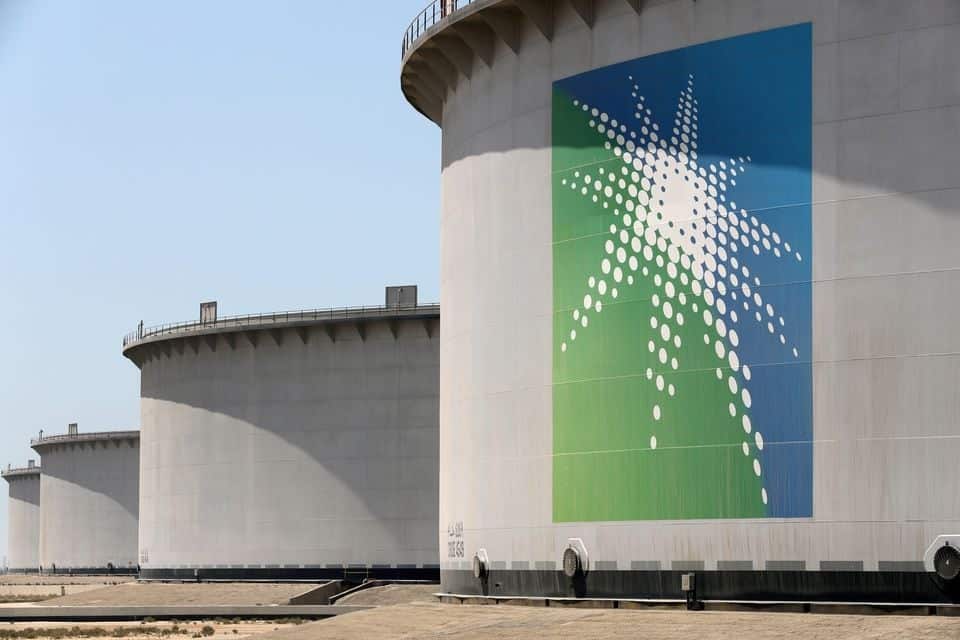
Saudi Arabia’s Capacity Reversal Took Months to Unfold: Reversal Saudi Arabia’s unexpected shift in its oil expansion strategy had been in the works for at least six months and was driven by uncertainties regarding the market’s demand for additional spare capacity, as per information from an industry insider reported by Reuters on Wednesday. The Saudi energy ministry directed the state oil giant Aramco to abandon plans, announced on Tuesday, to increase its maximum sustainable capacity to 13 million barrels per day (bpd), reverting to the previous target of 12 million bpd.
A second source familiar with the matter emphasized that prioritizing price management in 2024 and 2025 was crucial. The source also indicated that the decision was a deferral and could potentially be revisited at a later date, with no impact on the long-term demand outlook.
As the world’s largest oil exporter, Saudi Arabia is currently pumping around 9 million bpd, well below its capacity, following production cuts agreed upon with OPEC and its allies last year. The industry source highlighted that, with substantial available spare capacity, an assessment revealed that much of the kingdom’s excess supply was not being fully monetized.
Both sources emphasized that the decision originated from the top echelons of the government. Despite requests for comments, the Saudi energy ministry did not provide an immediate response.
During U.S. President Joe Biden’s visit to Saudi Arabia in July 2022, Crown Prince Mohammed bin Salman cautioned that Riyadh would not have the capability to further increase production after reaching the now-abandoned goal of 13 million bpd. The initial directive to reach this level was issued in March 2020 amid tensions with Russia. Currently, OPEC, led de facto by Saudi Arabia, collaborates closely with Russia within the OPEC+ alliance.
The reversal is seen by some, including Citi, as an indication that OPEC+ is recognizing challenges within the oil market. OPEC’s market share, despite record demand, has declined to its lowest point since the COVID-19 pandemic due to output cuts, Angola’s departure, and increased non-OPEC supply.
OPEC+ has reduced oil output by 5.86 million bpd since late 2022, equivalent to approximately 5.7% of daily global demand. The latest OPEC monthly report forecasts a growth of about 1.3 million bpd in demand for its crude by the end of 2025, allowing for only a third of the cuts to be reversed.
HSBC noted limited space for additional Saudi oil, citing sustained non-OPEC supply growth and a slowdown in global demand growth. Historically, Saudi Arabia held the most significant spare oil capacity globally, serving as a crucial safety cushion for global supplies during major disruptions caused by conflicts or natural disasters. In recent years, the United Arab Emirates, another OPEC member, has also developed spare capacity.
Aramco is expected to release its full-year 2023 financial results in March, providing an update on capital expenditure, which is anticipated to be revised downwards following the capacity decision. Saudi Arabia, heavily reliant on Aramco’s payouts, has forecast a budget deficit of 79 billion riyals ($21.07 billion) in 2024, slightly below the projected 82 billion riyals for the previous year, as lower crude production and global prices have reduced revenue. The kingdom achieved its first surplus in nine years in 2022.
In the broader economic context, Saudi Arabia has forecast a budget deficit of 79 billion riyals ($21.07 billion) in 2024, slightly below the previous year’s projection of 82 billion riyals. Lower crude production and global prices have contributed to reduced revenue, although the kingdom achieved its first surplus in nine years in 2022.
Conclusion
In conclusion, Saudi Arabia’s capacity U-turn, revealed to be months in the making, underscores the kingdom’s commitment to adaptability in navigating the complexities of the global oil market. As geopolitical dynamics and market forces continue to shape the energy landscape, Saudi Arabia’s strategic decisions will undoubtedly play a pivotal role in influencing the trajectory of the global oil industry. (Saudi Arabia’s Capacity Reversal Took Months to Unfold)
